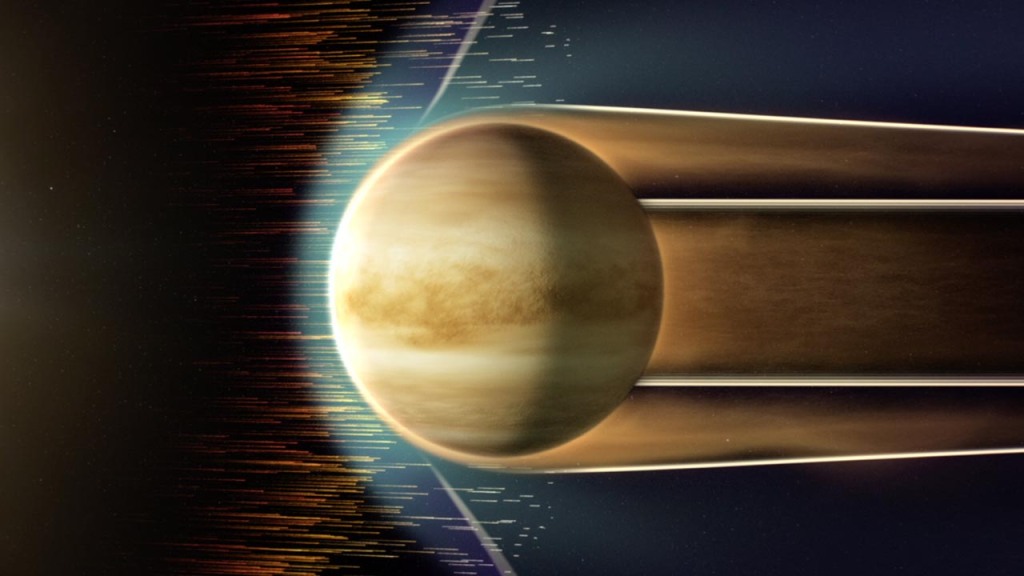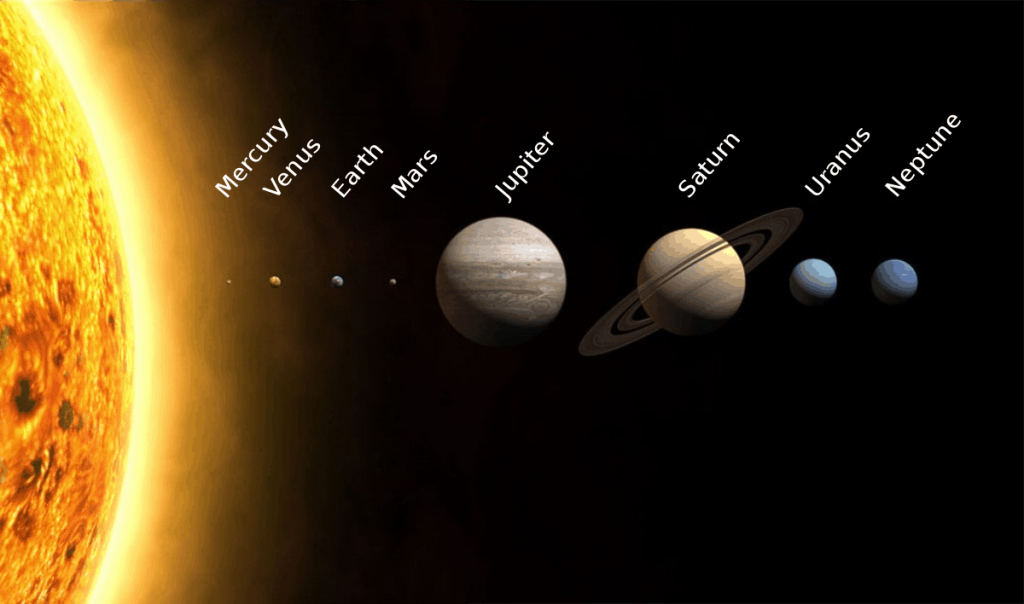A gamma ray burst is expected to hit Earth every 10,000 years to 1,000,000 years. How would this affect human society as we know it, why are gamma rays so dangerous, and can we do anything to stop it?
Gamma ray bursts are extremely energetic spouts of energy, and similar to visible light, are part of the electromagnetic spectrum. Unlike visible light however, gamma rays have significantly higher energy — a single gamma ray photon is more energetic than 1,000,000 photons from the visible light spectrum. This makes gamma rays a form of ionizing radiation: radiation that is strong enough to break chemical bonds.
Gamma rays were first discovered by a satellite sent into space by DARPA, with an original use-case of detecting Soviet nuclear space tests. While no bombs were detected, slight gamma bursts were, and a few years later they were found to be coming from distant galaxies.
There are two sources of gamma ray bursts. The first releases a ‘long gamma ray burst’ when the core of a massive star collapses to create a supernova. The second ‘short gamma ray burst’ occurs when a pair of neutron stars merge. Gamma ray bursts occur in jets as the magnetic fields of the objects forces material into cone like jets, and if the Earth were in one’s path, it would devastate the current state of life on the planet. With our current technology, we could do little to nothing to stop one from obliterating through the atmosphere, but the likelihood of getting hit with a jet-like stream is slim.











